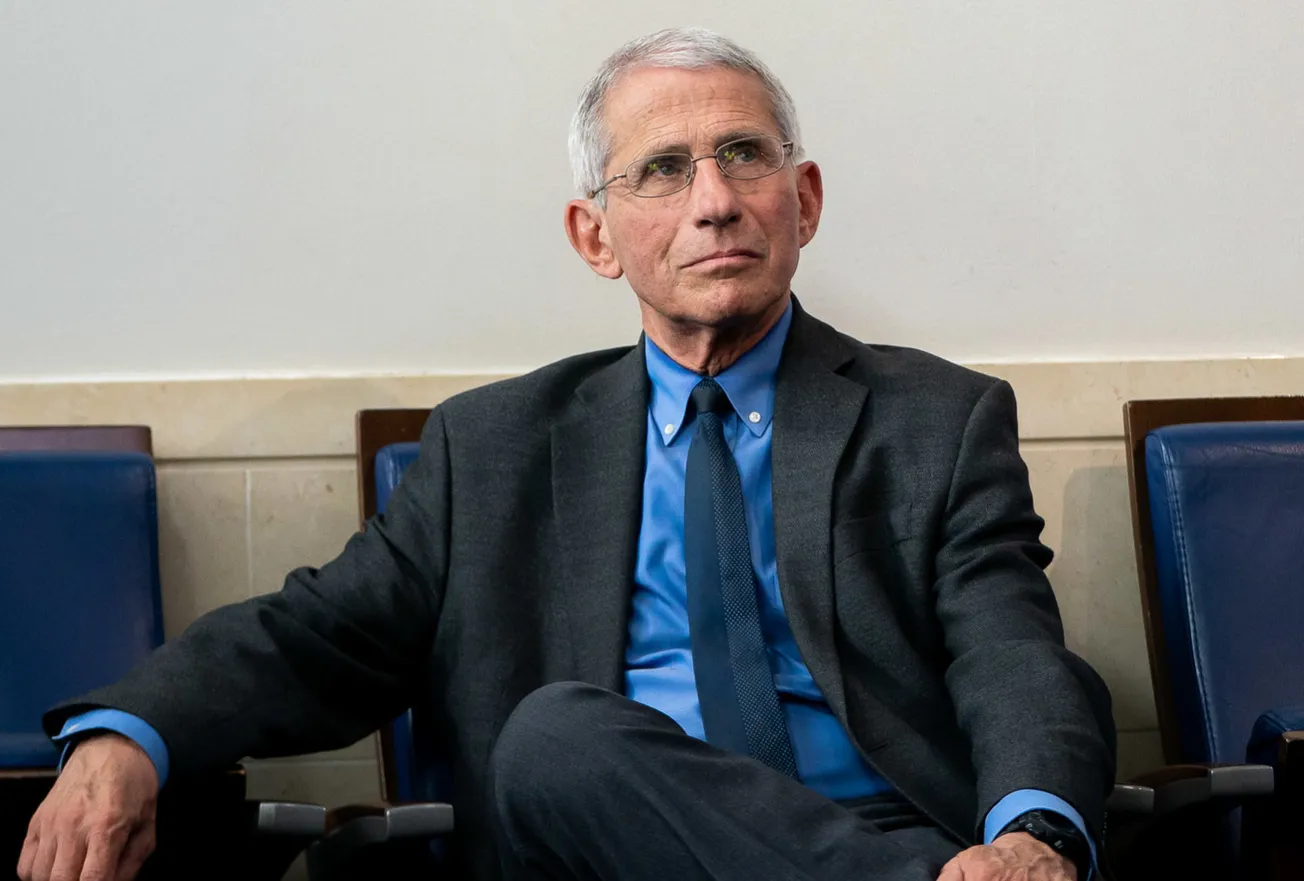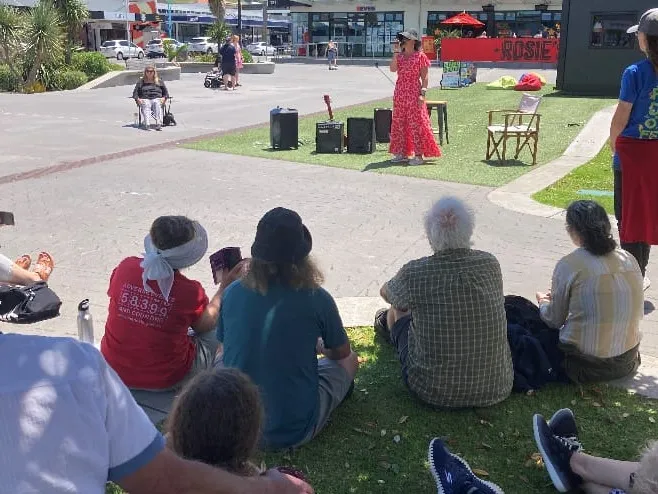Richard Prebble
bassettbrashandhide.com
Richard Prebble CBE is a former member of the New Zealand Parliament. Initially a member of the Labour Party, he joined the newly formed ACT New Zealand party under Roger Douglas in 1996, becoming its leader from 1996 to 2004.
The Reserve Bank’s .5% increase in interest rates will have little impact on inflation. Inflation is over 7%. The real interest rate gap between the OCR and inflation is possibly 6%. A half a per cent rise is not going to reduce baked in inflationary expectations.
The half a per cent rise is an attempt to restore the Bank’s shattered reputation. The Bank’s wildly optimistic forecasts and its compromised independence have fatally damaged the Bank’s credibility.
Prior to the last election, the bank sought and received an independence compromising taxpayer guarantee from the Finance Minister.
Grant Robertson agreed to cover any losses from the bank continuing to print a billion dollars a week.
The economy had bounced back from lockdown. There was no economic justification for the pre-election credit boom. This columnist said so at the time and predicted it would be inflationary.
If printing money was so risky the bank required a taxpayer guarantee then it was too risky for the country.
The printed money is near zero interest debt. The loss in the value of the bonds that the taxpayer has guaranteed to date is over $7b and increasing fast.
Grant Robertson’s taxpayer’s guarantee is the most expensive ever given by a finance minister. Already the cost of the guarantee is a third of the annual spend on Education.
The Governor and Board cannot re-gain credibility. Having missed their inflation target by over two hundred per cent they should all be dismissed. They won’t be. Low inflation has never been a target of this Labour government.
Ministers who were at kindergarten when inflation ravaged New Zealand have no conception of inflation’s damage. Inflation destroys the living standards of the very people Labour claims to represent.
Inflation once it is established is extremely difficult to tame. We need to recall how New Zealand did finally tame inflation.
On 6 February this year, the architect of the policy died. His policy gave us 30 years of low inflation. Most have never heard of him, Peter Neilson.
The Hon Peter Neilson was the Labour MP for Miramar. Peter was a qualified economist. Today’s Labour party would never select him.
Roger Douglas made Peter his Associate Minister of Finance. Roger believed the answer to combating inflation was to give the Reserve Bank a greater role. Peter was given the task of developing the policy.
The civil service hates associate ministers. The departments cannot bury associate ministers in paperwork. Associate ministers have time to think. The fourth Labour government had a number of very capable associate ministers who not only had time to think but also the capacity to think.
I was greatly assisted by Bill Jeffries on port reform. Mike Moore’s associate was Fran Wilde. The late Trevor de Cleene steered the tax reforms through parliament. David Butcher, another economist, helped wean agriculture off subsidies addressing dozens of farmer meetings. These Associate Ministers had short parliamentary careers only because they represented marginal seats.
Peter Neilson’s work was perhaps the most important. Shortly before he died Peter sent me drafts of his memoirs. I hope someone will one day edit and publish his papers.
Peter writes when he received his commission from Roger he requested every paper the Treasury and Reserve Bank had written on inflation. He read them all. He developed his policy idea to give the Reserve Bank independence and a single remit, maintaining low inflation.
Peter then visited the world’s central Banks, the Bank of England, the Federal Reserve and the Bank of Canada and held meetings with some of the world’s leading economists.
He writes the Central Banks and economists said he was on the right track. Their only question was how a small county like New Zealand could be the policy leader on Central Bank reform?
The credit for taming inflation is rightly attributed to Sir Roger Douglas, Ruth Richardson and Dr. Don Brash. We should also give credit to Peter Neilson’s policy work.
Peter writes:
“Operating independence could be granted by law but would only be maintained if the regime delivered sustained lower inflation
Credibility with delivering lower inflation could not just be claimed it had to delivered over years if not decades
Credibility required a Governor that was prepared to resign if his or her delivery was being undermined by the politicians and
The Governor needed to be actively building a community consensus for sustainable lower inflation”.
Peter realized that sustained low inflation required bi-partisan support. After interviewing Dr. Don Brash he recommended the former National Party candidate be appointed Governor.
It is disturbing to reflect how far New Zealand has drifted from Peter Neilson’s policy.
We have the highest inflation in 30 years. Credibility is zero. The Governor himself compromised the Bank’s independence. This Governor gives speeches on every subject except the importance of low inflation.
Appointing a new governor and board will not be enough to restore sustained low inflation.
Today’s inflation is also a legacy of Winston Peters’ insistence that the Reserve Bank’s remit be changed to include “sustained employment”. Having a dual remit means the Reserve Bank has an excuse for failing to tame inflation.
Last election not one party campaigned to restore low inflation as the Reserve Bank’s sole remit. It is vital both National and ACT make it an election pledge.
At least 20 countries have copied New Zealand’s Central Bank reform. We have abandoned it.
We are about to discover the truth of Ludwig Von Mises prediction:
“There is no means of avoiding the final collapse of a boom brought about by credit expansion.”









